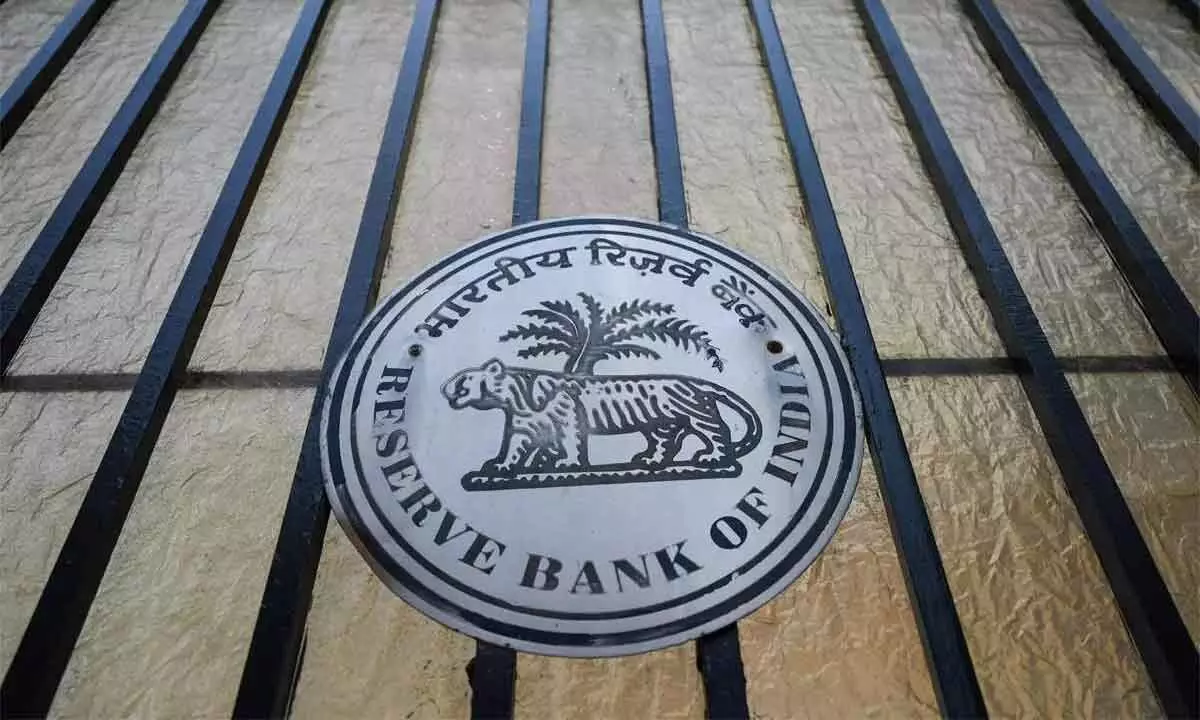RBI urging banks, NBFCs to go for stress-test is a timely advice
image for illustrative purpose

RBI Governor Shaktikanta Das gave a timely clarion call to banks while asking them to conduct stress-testing their books as a continuous process. In a recent address to bankers in Mumbai, he hinted that even though Indian banks and non-banking finance companies were in a healthy state, they needed to be watchful of emerging stress on their books. It is despite the fact that everything was going well at banks and NBFCs. Das said that there was a strong case for companies in the real sector to also stress-test their businesses and balance sheets. Many of them may already be doing so, but it would be desirable that many more also do this, he said in a clear indication that all banks had to be watchful in this regard. His advice assumes significance as it comes at a time when the apex bank has increased risk weight on consumer loans in its bid to curb the rapid growth of unsecured loans on the books of banks and NBFCs. The governor said banks had to be watchful of exposure to NBFCs, while NBFCs ought to diversify their funding sources to minimise risks.
In his all-encompassing address, Das also cautioned microfinance industry saying certain NBFCs-MFIs appear to be enjoying relatively higher net interest margins. Micro finance lenders should ensure that the flexibility that is provided to them in setting interest rates is used judiciously, while ensuring that interest rates are transparent and not exorbitant, the governor said. For starters, NIM of most NBFCs to bottom out over the next 1-2 quarters. But, a Kotak report finds the low-margin phase to continue, posing some risk of downgrades. Larger and higher-rated NBFCs are worse off compared to the smaller and lower-rated ones. High-rated players benefited from lower-rate borrowings in the past 2-3 years—these borrowings may be due for refinancing. To elaborate it, NIM guidance by most NBFCs has been downgraded, with a changing outlook on rates. Many analysts affirm that borrowings costs will top-off in the next 1-2 quarters for most players but will likely remain elevated. Some large and high-rated players face more pressure due to refinancing of low-yield bonds that were raised in the past 2-3 years.
Our analysis, based on segment and NCD-wise borrowings cost, suggests that Bajaj and Chola are more hit, whereas Shriram Finance is best placed.
Repricing of bonds raised in the past 2-3 years is an incremental concern and may lead to further NIM downgrades. The impact will be higher for large and high-rated NBFCs like Bajaj and Chola, which raised NCDs at low rates. Either way, small NBFCs have a low share of bond borrowings. Shriram Finance’s cost of borrowings for NCDs maturing this year is higher than its current incremental cost of funds and, as such, Shriram is a net beneficiary. Although analysts’ calculations are constrained by the public domain and annual report data, they believe that their analysis may help understand the relative position of NBFCs. The actual may be much higher than experts’ estimates.

